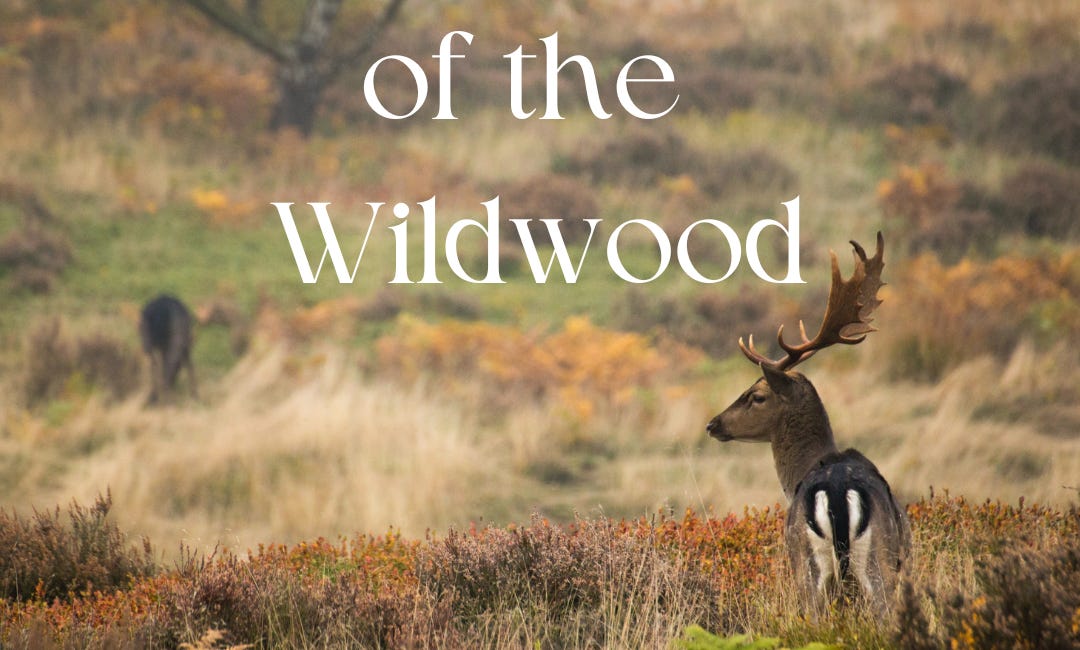Springs have always been sacred to the Celtic heart. An offering of life from the Otherworld, they sit between this realm, the known, and the Great Below, the unknown. Springs bring us drinking water, essential for life. Our ancestors reverence for the spirits of the springs is deeply entwined with the practical need for their gifts.
Many springs around the world are held to have healing and magical properties; drinking their waters can cure disease and bring wisdom from the Otherworld. This particular spring is nestled on the southwest flank of one of the highest mountains in southwest Scotland - Hart Fell. It is thought by Celtic scholars to be the spring that nourished Merlin during his time as a woodland fugitive. Last week I made a pilgrimage to Merlin's spring.
My feet sopping wet after a steady mile and a half climb through long wet grass, I arrive at a cairn - a pile of stones set to show the way. The path heads up the side of the mountain now, steeper, narrower, following a small burn - a stream. After a short while I see two large black, lichen-encrusted rocks protruding from either side of the burn. Clearly the gatekeepers to the place. I stop to make an offering and ask permission to enter while marveling at their pot-marked, ancient surfaces.
A stone grotto was built in the nineteenth century to cover the spring, leaving me to wonder what it looked like in Merlin's time (late sixth century). A small wooden gate forms another threshold. I slide open the latch carefully and wiggle around the water to enter. Inside the grotto I see it, trickling out from the northern wall, water from deep within the earth. Everything is stained an earthy red from the high iron content in the water. I feel as if I am inside a giant, pulsing heart chamber.
I try to imagine him here - Merlin as he is now known. Some say he lived up on this mountain for 10 years deep in the wildwood - the old forest that still covered much of this land at that time. He had fled a gruesome battle that wiped out his king and many dear to him; he fled into the forest for refuge. The forest is gone now, cut down for homes, barns, fences, and hearth fires. At that time the woodland would have been robust enough to provide him with the sustenance he needed to survive. There's a small cave under one of the gatekeeper stones across the burn where he likely slept many a windy night.
Merlin existed between the human world and that of the wild ones. It is here, at that threshold, that his gift for prophesy is said to have come alive. His journey through grief and his deep connection to the more-than-human world seemed to bring him in touch with a wisdom greater than most human minds access. He became famous in his lifetime for the veracity of his prophesies. His yarn has been told and re-told so many times over the last 1,500 years that he has been spun into a legend.
Sitting outside again on a boney, black, rock I sipped on some of the old tasting, mineral-dense water. I'm not sure I'm any wiser than I was but I feel deeply humbled. Merlin is one of a long line of ascetics, Celtic and otherwise, who sacrificed the comforts of the human world for a deeper connection with the beyond-human - material and spiritual. I'm grateful for the car waiting at the trail head that will take me to a hearty bowl of soup and a cup of tea, and wonder what I'm missing by not staying up here on Hart Fell.
What are you willing to sacrifice in order to connect deeper to the beyond-human?
Episode 4: Myrddin of the WildWood, Part 1
Merlin has become a legend. Many fantastical tales have been woven about him, and he continues to show up, in various guises in our popular culture. He has captured our imaginations as the archetypal Druid or Wizard. When we trace the history of his story we find at the beginning the fragments of an historical figure. A man who existed on the edges.





